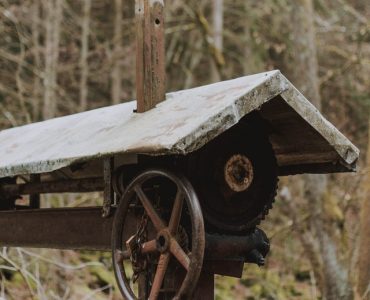The Homeless Outreach Programs are the “outreach police” of our cities, providing basic services and social support to the most vulnerable members of society. Why are these programs so effective? The FYSB funds their work. Here are three reasons. First, they provide essential services. Second, outreach is not limited to those who are visibly homeless. Outreach should also target couch surfers and individuals living in institutional settings. Third, outreach is often associated with aggressive efforts to end rough sleeping and reduce crime and homelessness.
Homeless outreach workers are “outreach police”
There’s a growing consensus in Canada that the city’s outreach workers are the “outreach police.” In the past, they regularly visited shelters, but, in most cases, they failed to get people into shelters. That’s no longer the case. Now, the city’s outreach workers are tasked with building relationships with unsheltered New Yorkers. They must balance reactionary media coverage, neighborhood backlash, and political pressures.
As part of their work, homeless outreach teams survey the symptoms of the unsheltered and connect them to services. A recent lawsuit by the NYCLU revealed that the NYPD was violating the law by separating outreach teams from the streets and subways. In June, 79 complaints went unanswered by outreach workers. And in the meantime, homeless outreach workers have become the “outreach police.”
They provide basic services
Many organizations and agencies work to provide health care and essential social services for homeless people. For example, the United States Department of Health and Human Services funds several resources to help people find the right services for their needs. These resources include web pages of various agencies, including HHS. Some are located on skid row, providing outreach to people in that area. Others are more general, providing care for people who are uninsured or who are experiencing chronic homelessness.
The Johnson-Pew program is an example of how a hospital’s mission can benefit the homeless population. The Johnson-Pew project works to provide these services through mobile vans outfitted as clinics. They also run central clinics in areas with a high homeless population. These services are crucial to the well-being of the homeless population. Some of the programs also provide health care to chronically ill or mentally ill people.
They are successful
The BRC’s Homeless Outreach Programs are a great example of how an effective Homeless Outreach Program can change the life of a homeless person. The program’s trained staff work 24 hours a day and seven days a week with unsheltered New Yorkers to provide them with the assistance they need to overcome homelessness. In the past year alone, BRC Homeless Outreach teams made over 9,000 contacts with homeless individuals, placing 4,090 in safe havens and drop-in centers and assisting 512 with BRC programs.
The Mid-City Homeless Outreach Program has exceeded its collective goals. The organization has provided case management services to 250 people and found housing for 189. The program has provided service to over two thousand individuals. In addition, the community has donated more than $24,000 in cash and other materials for the program’s outreach efforts. Homeless Outreach Programs are successful in changing the lives of their clients so that they no longer have to remain at the mercy of the law.
They are funded by FYSB
FYSB funds many homeless outreach programs in the U.S. FYSB is a federal agency that provides funds to local governments, nonprofits, and other groups to help the homeless. The Runaway and Homeless Youth Act and the Street Outreach Program are among these. It also funds conferences and direct T/TA. Homeless outreach programs serve homeless youth, abused and neglected, and those who have lost or are at risk of losing their housing.
The FYSB funds the Youth Services Bureau’s Street Outreach Program (SOP). SOPs focus on prevention and intervention for homeless and runaway youth, sexual abuse, and exploitation of youth. The programs must include a wide range of services, such as street-based education, crisis intervention, and access to emergency housing. A recent survey of FYSB’s Street Outreach Program found that more than 60% of the youth surveyed were at risk of exploitation or sexual abuse.
They are a real-time reflection of what outreach teams see on the ground
With HOME-STAT, homeless outreach teams can engage individuals by name and repeatedly evaluate the immediate causes of homelessness. They can also develop a customized combination of services for each homeless individual, enabling the teams to build trust and increase their acceptance. By identifying immediate needs, homeless outreach teams can improve the quality of service provided and decrease recurrence rates. The team also receives valuable feedback on their work.
The city’s outreach teams canvass the five boroughs 24 hours a day. They engage individuals directly and provide services such as food, clothing, and access to public restrooms and showers. These teams also offer valuable belonging protection services, encouraging individuals to accept the benefits and move indoors. By providing shelter and other services, these teams make a difference in New York City’s homeless population.



